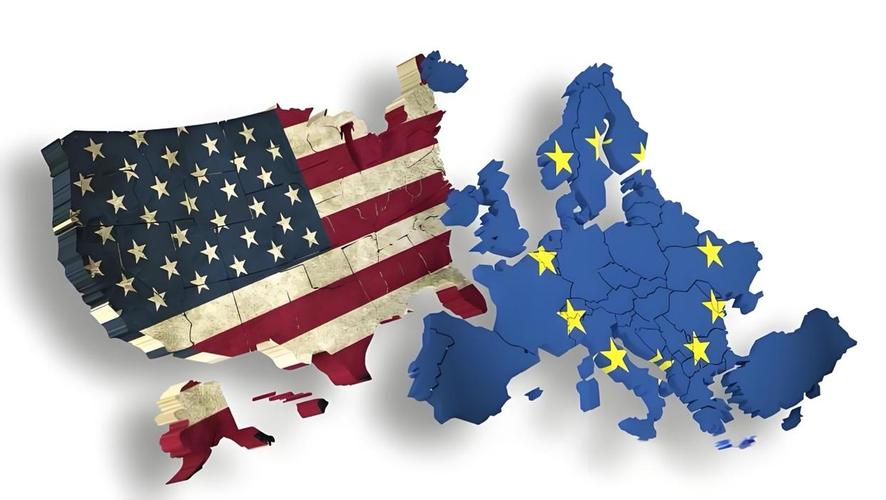
From green bonds to nature-based solutions, the financial industry is experiencing significant growth driven by sustainability. Integrating sustainability into financial systems is critical to mitigating systemic risks, as environmental crises increasingly threaten financial stability and economic resilience. To achieve this, financial institutions need to ensure that sustainability disclosures have a substantive impact through strong internal processes and decision-making frameworks, rather than just formal reporting. At the same time, innovative financial products such as green bonds and sustainability-linked loans provide institutions with growth opportunities aligned with natural solutions and sustainable development goals.
First of all, entering 2025, the global financial industry has ushered in an important transition point. The United Nations’ three important Conferences of the Parties on biodiversity, climate change and desertification have made it clear that transformation of the financial system is no longer an option but a necessity. These meetings highlighted the strong links between planetary health and financial stability, underscoring the urgency for the public and private sectors to work together to address the challenges.
Secondly, at the 16th Meeting of the Parties to the Convention on Biological Diversity in Colombia, the 29th Meeting of the Parties to the Framework Convention on Climate Change in Azerbaijan, and the 16th Meeting of the Parties to the UNCCD in Saudi Arabia, the world Major financial institutions participated in in-depth discussions. The meetings noted that biodiversity loss, climate change and land degradation are posing threats to financial stability and highlighted the need to embed sustainability into investment and risk management frameworks to enhance economic resilience.
Furthermore, the scale of the challenges facing the world is unprecedented. According to estimates by the United Nations Environment Program, in order to combat biodiversity loss, climate change and land degradation, global annual investment in nature needs to increase to US$536 billion by 2050, four times the current scale. As ecosystems continue to degrade and natural resources are depleted, the knock-on effects of the crisis have begun to affect commodity prices, sovereign debt ratings and other areas.
However, addressing these challenges requires innovative frameworks such as the Task Force on Nature-related Financial Disclosures (TNFD) and the Task Force on Inequality and Society-related Financial Disclosures. However, disclosure alone is not enough to bring about real systemic change. For disclosures to be effective, the accuracy of underlying data and the robustness of internal processes are critical. Financial institutions need to integrate natural, climate and land risks into their business models and decision-making processes. This not only helps to better manage risks, but also establishes sustainability at the core of the financial system.
At the same time, effective impact management is not only about identifying risks but also about taking proactive action. The United Nations Development Program (UNDP) has found that superficial disclosures often create an illusion of progress, while deeper systemic risks may go unaddressed. Disclosure frameworks must therefore be closely aligned with internal systems that prioritize sustainability. To this end, the United Nations Development Program and the International Organization for Standardization jointly launched the "Sustainable Development Goals Guide" to provide companies with tools to integrate sustainability into their core operations and help them transform ambitious goals into concrete results.
Ultimately, the future of finance depends on who takes the lead in sustainable development. The question is no longer whether finance will transform, but who will be the leader of this change. Those institutions that take action now stand to gain enormously as we move towards a sustainable and resilient global economy. Not only are they able to protect their financial health, they are also able to open up new areas of growth.
In summary, as global risks evolve, the financial system is undergoing profound changes. Only by treating environmental and social challenges as a driving force for development can financial institutions remain invincible in future competition.

Since 2025, the conflict between the United States and Europe over the governance of the digital economy has continued to escalate.
Since 2025, the conflict between the United States and Euro…
When German Chancellor Mertz officially announced that he w…
On December 3rd local time, the copper price on the London …
The European Commission announced a new economic security s…
The European Commission announced a new economic security s…
For nearly a year, US President Donald Trump has launched a…